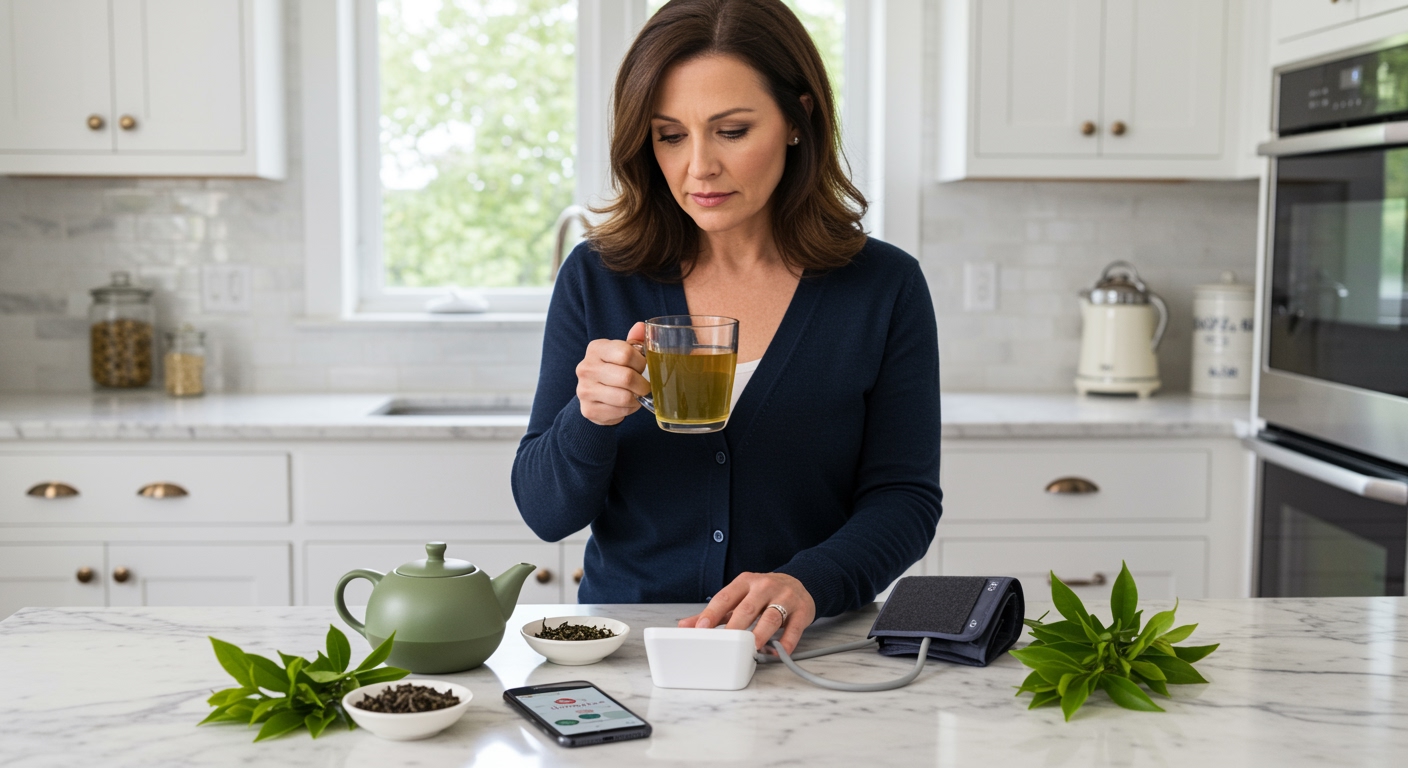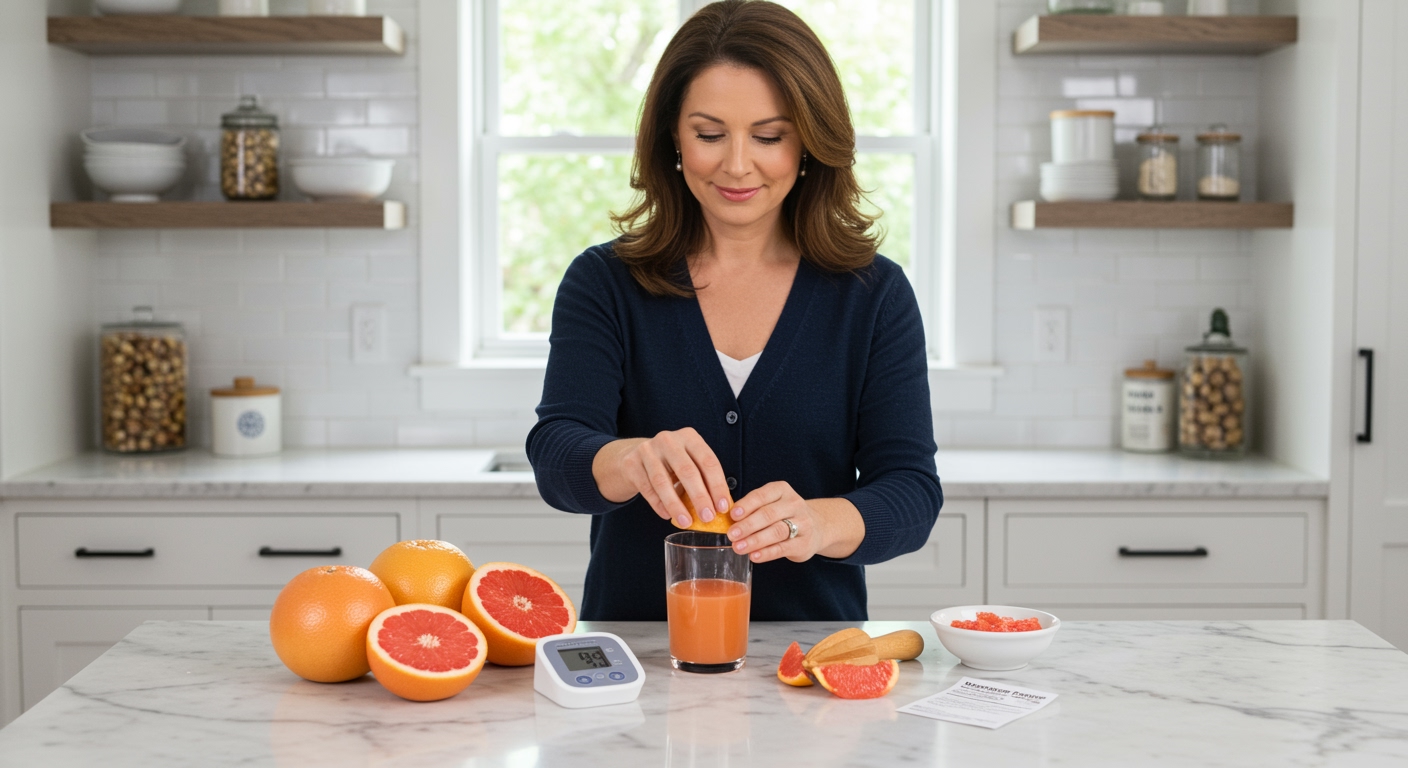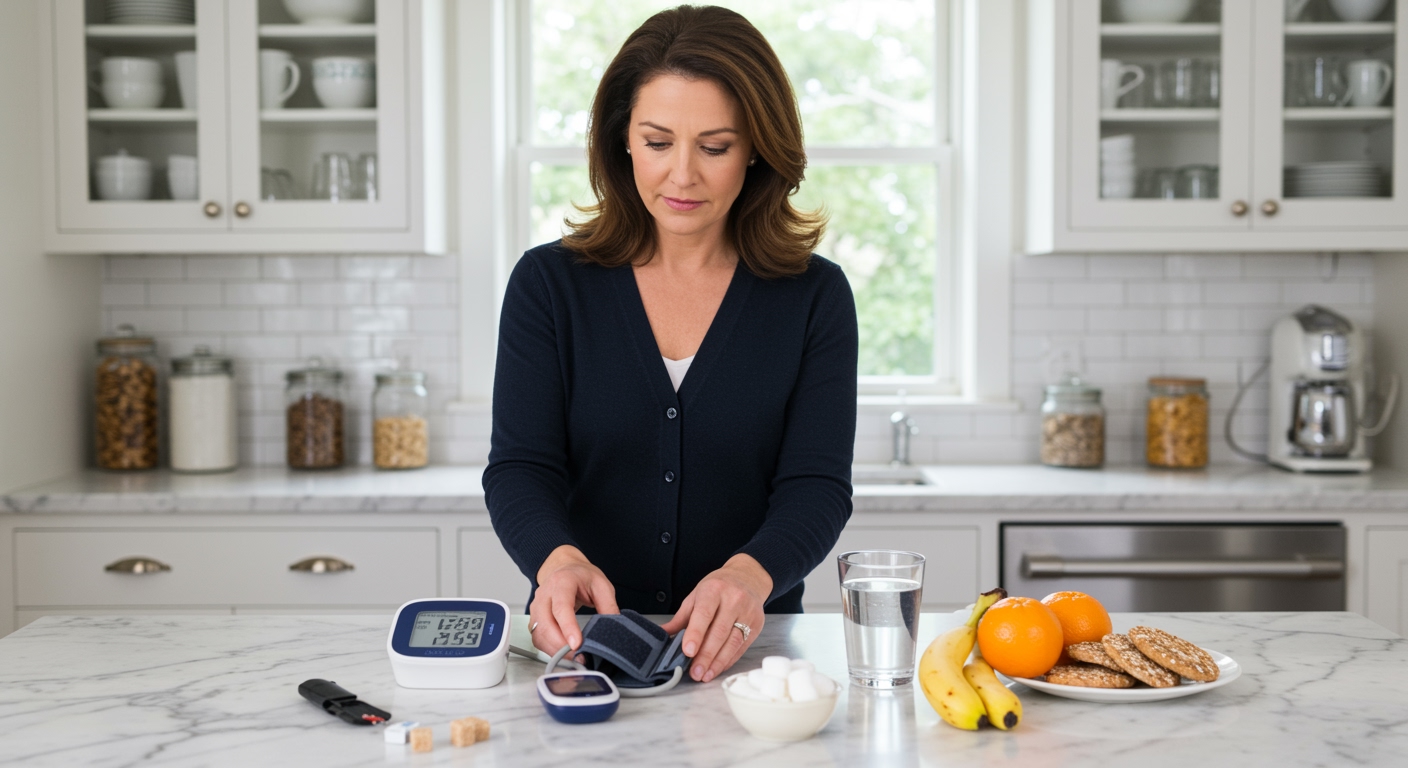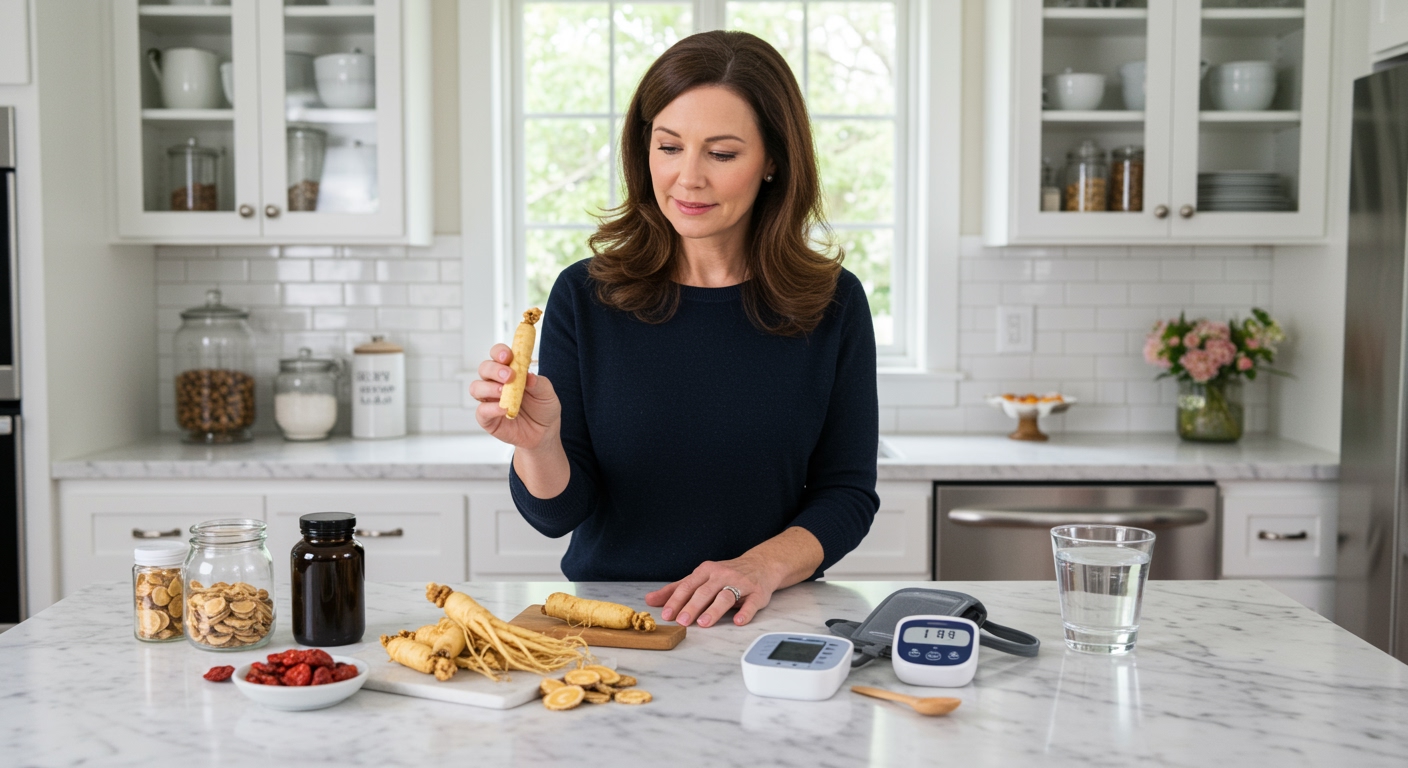✪ Key Takeaway: Yeast extract contains high sodium levels that can raise blood pressure, making it unsuitable for people with hypotension.
Introduction
Your morning toast spread might be doing more than adding flavor to your breakfast.
You probably reached for this article because someone told you yeast extract could help with your low blood pressure, or maybe you noticed it listed in foods you eat regularly and wondered about its effects on your cardiovascular system.
Hi, I am Abdur, your nutrition coach and today I am going to explain exactly how yeast extract affects your blood pressure and whether it belongs in your diet if you struggle with hypotension.
What Exactly Is Yeast Extract?
Yeast extract comes from baker’s yeast that manufacturers break down using heat, enzymes, or salt water.
This process releases the cellular contents of the yeast, creating a thick, dark paste with an intense umami flavor.
The final product contains high concentrations of glutamates, amino acids, B vitamins, and most importantly for blood pressure concerns, significant amounts of sodium.
Food manufacturers add yeast extract to soups, sauces, snack foods, and meat products as a flavor enhancer and natural source of monosodium glutamate.
Unlike nutritional yeast, which people often use as a cheese substitute, yeast extract undergoes extensive processing that concentrates its sodium content to levels that can significantly impact your cardiovascular system.
✪ Fact: One teaspoon of yeast extract contains approximately 216mg of sodium, which is 9% of your daily recommended intake.
How Does Yeast Extract Affect Your Blood Pressure?
The sodium content in yeast extract directly impacts your blood pressure through several physiological mechanisms.
When you consume sodium, your kidneys retain more water to maintain the proper sodium-to-water ratio in your bloodstream.
This increased blood volume forces your heart to pump harder, which raises the pressure against your artery walls.
Your blood vessels also respond to high sodium intake by constricting, which further increases the resistance your heart must overcome to circulate blood throughout your body.
Research shows that even small increases in sodium intake can raise systolic blood pressure by 2-8 mmHg in people who are salt-sensitive.
For someone with low blood pressure, this sodium-induced increase might seem beneficial, but the effect is temporary and comes with potential health risks that outweigh any short-term benefits.
✪ Note: Your body needs consistent, sustainable approaches to manage blood pressure rather than quick sodium fixes.
Is Yeast Extract Safe For People With Low Blood Pressure?
Using yeast extract to raise low blood pressure creates more problems than it solves.
While the sodium boost might temporarily increase your blood pressure readings, this approach lacks the precision and safety of proper hypotension management.
Your body responds to sudden sodium increases with fluid retention, which can strain your kidneys and cardiovascular system over time.
The temporary blood pressure elevation from yeast extract consumption typically lasts only a few hours, requiring repeated doses throughout the day to maintain any effect.
This pattern can lead to sodium dependency and may mask underlying causes of your low blood pressure that require proper medical attention.
Additionally, people with low blood pressure often have other health conditions that make high sodium intake particularly risky, including kidney problems, heart conditions, or medication interactions.
The processed nature of yeast extract also means you are consuming additives and preservatives that provide no nutritional benefit while potentially causing digestive issues or headaches in sensitive individuals.
✪ Pro Tip: Focus on whole foods rich in natural sodium like celery, beets, and sea vegetables for sustainable blood pressure support.
What Are Better Alternatives For Managing Low Blood Pressure?
Effective low blood pressure management requires a comprehensive approach that addresses root causes rather than masking symptoms with high-sodium foods.
Increasing your overall fluid intake throughout the day helps maintain adequate blood volume without the risks associated with excessive sodium consumption.
Regular physical activity, particularly exercises that improve circulation like walking, swimming, or yoga, can help your cardiovascular system maintain healthy blood pressure levels naturally.
Eating smaller, more frequent meals prevents the blood pressure drops that often occur after large meals, especially those high in refined carbohydrates.
Including foods rich in B vitamins, iron, and folate supports healthy blood cell production and circulation, addressing nutritional deficiencies that can contribute to hypotension.
Compression stockings, elevating your legs when resting, and rising slowly from sitting or lying positions can help manage symptoms while your body adapts to lifestyle changes.
If your low blood pressure causes significant symptoms or interferes with daily activities, working with a healthcare provider ensures you receive appropriate treatment that addresses your specific situation safely and effectively.
✪ Fact: Drinking 16 ounces of water can raise blood pressure by 10-15 mmHg within 15 minutes in people with hypotension.
The Bottom Line
Yeast extract is not a suitable solution for managing low blood pressure due to its high sodium content and potential health risks.
True health comes from understanding your body’s needs and meeting them with sustainable, science-based approaches rather than quick fixes that create new problems.
I would love to hear about your experiences with managing blood pressure naturally or any questions you might have about the topics we discussed today, so please share your thoughts in the comments below.
References
At NutritionCrown, we use quality and credible sources to ensure our content is accurate and trustworthy. Below are the sources referenced in creating this article:
- PubMed: Sodium intake and blood pressure
- Healthline: Nutritional Yeast: Benefits and Uses
- Medical News Today: What to know about nutritional yeast
- WebMD: Nutritional Yeast: Is It Good for You?





